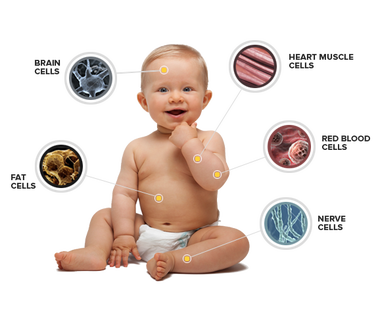|
Everyone complains when the price of gas goes up, well here is a list of the cost of some common liquids, per gallon
source  Some Random Human Body facts, all of which will make much more sense as we progress through the year.
A camel uses about 5 gallons (20 liters) of water a day in the summer. However, a camel can lose up to 25 gallons (100 liters) of water from its body tissues without ill effects. One thing that a camel can do to conserve water is to handle large body-temperature swings. A camel might start the day at 94 degrees F and allow its temperature to rise as high as 105 degrees F. Only at the upper end of this range does it need to sweat to prevent overheating. When you compare this temperature range to the range the human body can handle (where only a 2 degree rise indicates illness), you can see the advantage.
Other camel facts:
Read more here |
This is a collection of interesting facts collected from the internet. Archives
September 2015
Categories |






 RSS Feed
RSS Feed
